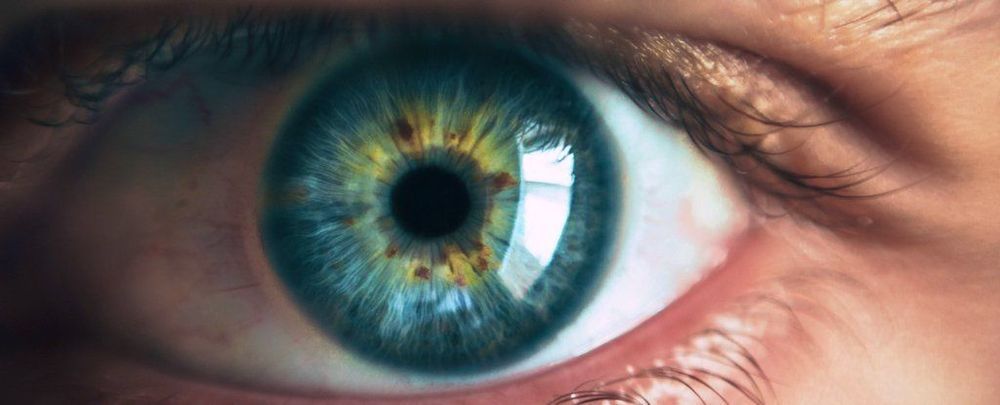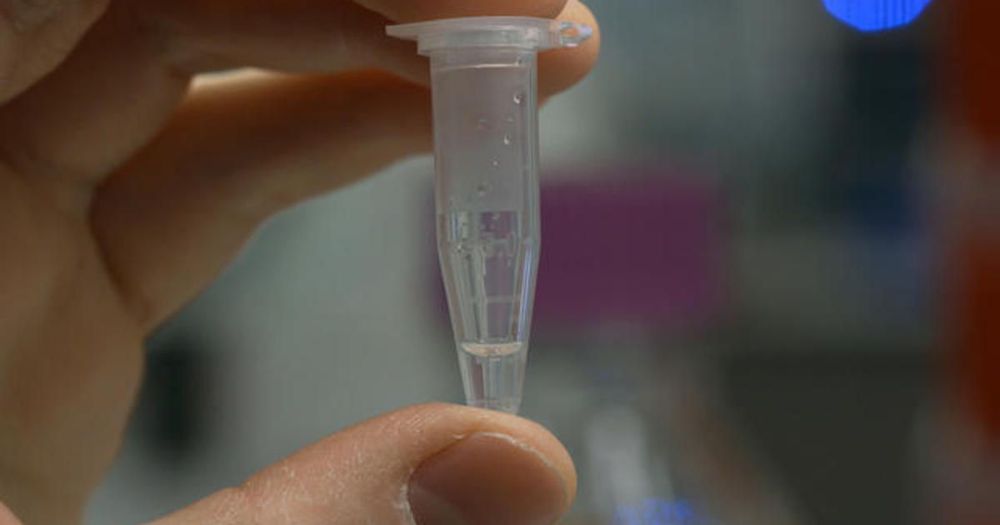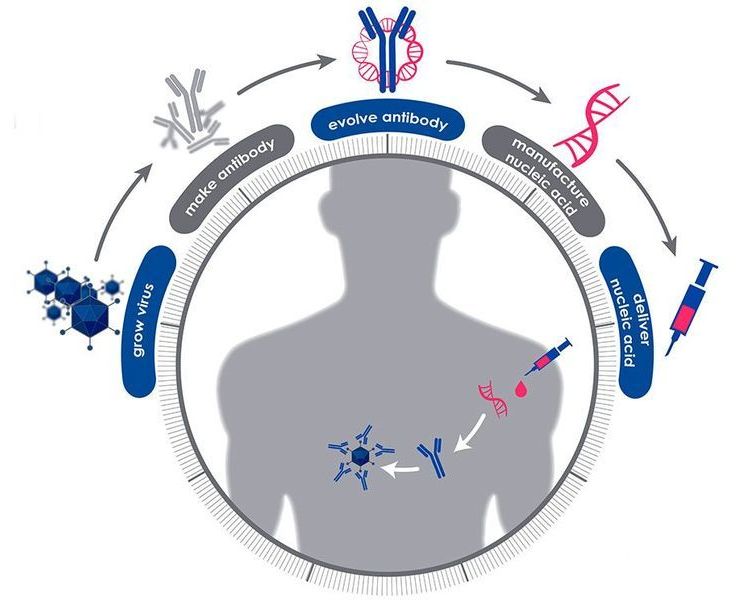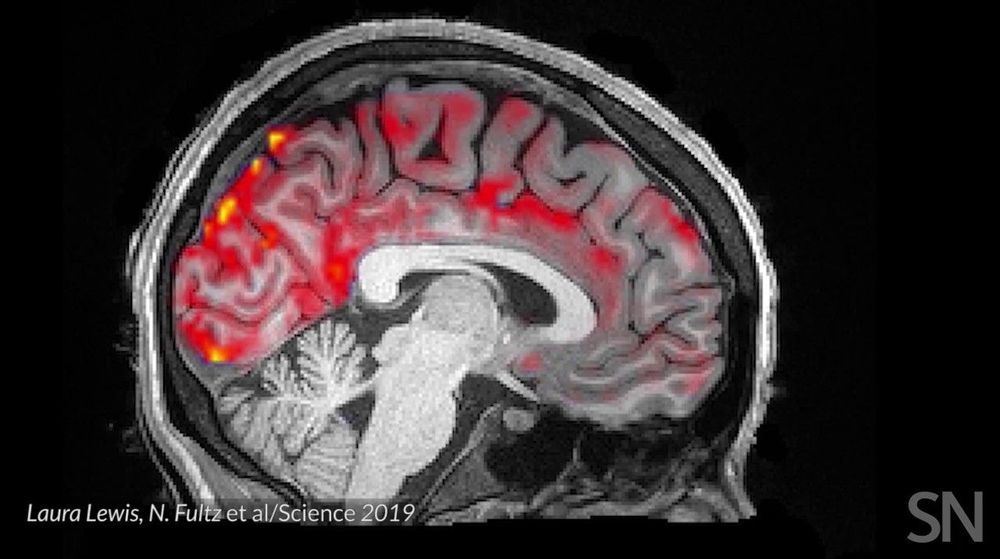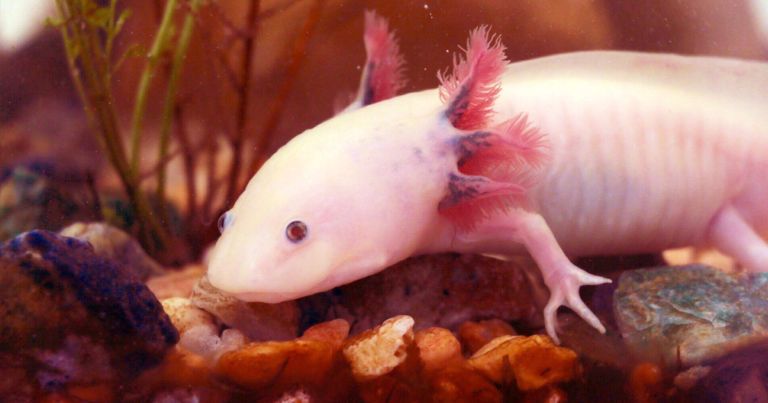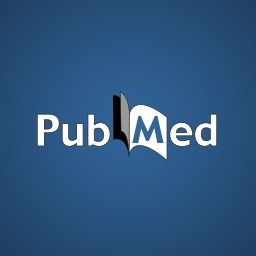Mar 6, 2020
E020-Interview with Elizabeth Parrish CEO of BioViva Sciences
Posted by John Davies in categories: biotech/medical, life extension
Should we be forced to die? Live? We’re going to dig into some deep questions about health and longevity in our discussion this week with the CEO of BioViva Sciences, Elizabeth Parrish. BioViva is dedicated to improving healthy human longevity through bioinformatics used in health predictions and recommendations, precision medicine, and the discovery of novel biomarkers by applying state of the art computational methods on vast collections of biological data.

